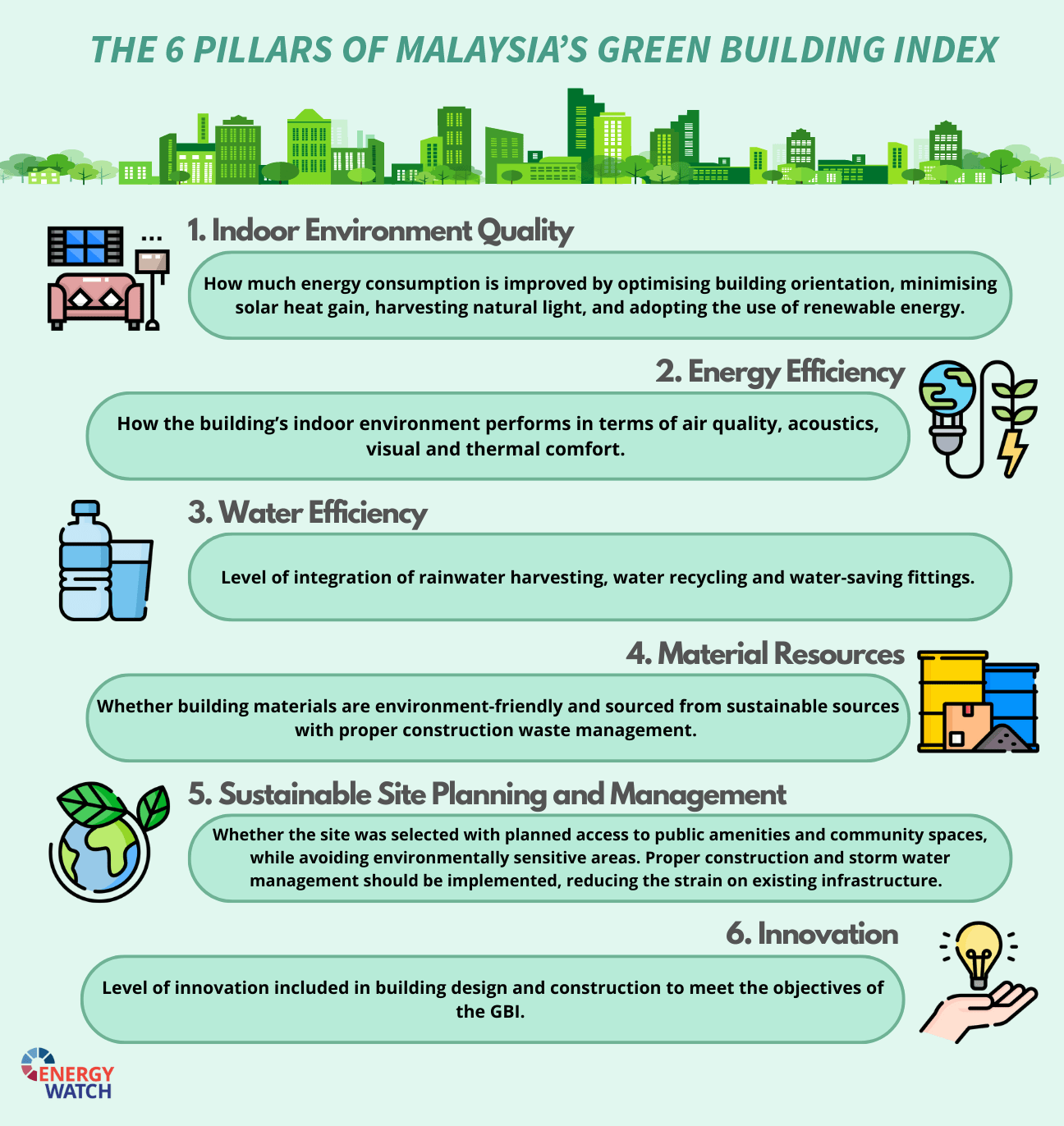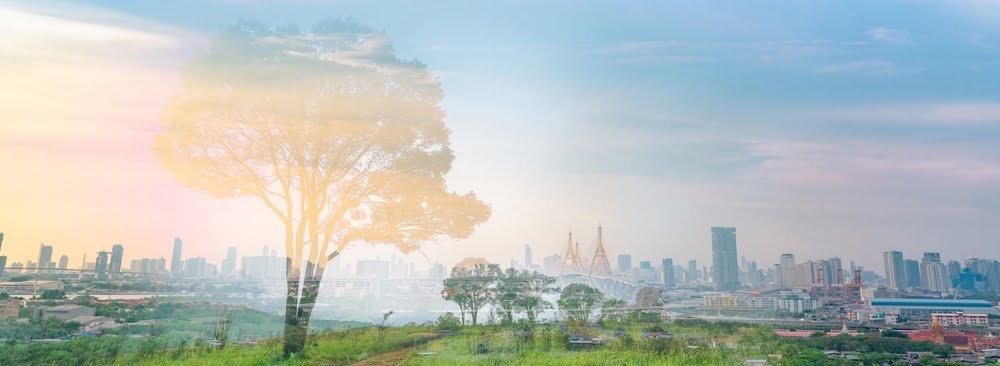Malaysia is stepping up its commitment to sustainable building practices. In recent years, the country has seen significant progress in adopting eco-friendly construction techniques. These sustainable initiatives are not just a passing trend but a long-term strategy to reduce environmental impact and promote energy-efficient development. With over 1,000 buildings certified under the Green Building Index (GBI) as of 2023, Malaysia is setting an example for the region by embracing green construction methods. This marks a clear commitment to building a more sustainable future.
So, what are some Sustainable Building Practices Malaysia?
Energy Efficiency in Green Buildings
One of the key benefits of sustainable buildings is energy efficiency. Green buildings in Malaysia can save up to 30-50% in energy compared to conventional structures. This is possible because of the integration of renewable energy sources, like solar panels. The use of energy-efficient systems such as HVAC (Heating, Ventilation, and Air Conditioning) units and smart lighting are also helpful. These energy-saving technologies not only lower electricity bills but also help reduce carbon emissions, which is vital in the fight against climate change.
Water Conservation: A Key Focus
Another crucial aspect of sustainable buildings in Malaysia is water conservation. By using water-efficient fixtures and rainwater harvesting systems, green buildings can save up to 30-40% of water compared to traditional designs. In urban areas, where water scarcity can be a pressing issue, these measures are invaluable. Sustainable water management helps ensure that natural resources are used wisely. Buildings that want to operate in a more environmentally friendly manner are eyeing this method.
Green Building Materials: A Growing Market
The demand for green building materials in Malaysia is rapidly increasing, with the market projected to grow by 20% annually. This growth is driven by both government incentives and a greater awareness of the environmental impact of construction activities. Developers and builders are increasingly opting for sustainable materials, which are not only better for the environment but also offer long-term cost benefits. While the initial investment in these materials might be higher, the long-term savings on maintenance and operational costs make them a wise financial choice.
Long-Term Cost Savings of Sustainable Practices
As mentioned above, a significant advantage of adopting sustainable building practices is the long-term savings they offer. Studies have shown that green buildings in Malaysia can reduce operational costs by 20-30% over their lifecycle. This includes savings from lower energy and water consumption, as well as reduced maintenance needs. Over time, these cost reductions make sustainable buildings a financially sound investment for developers. This is important to remember because the upfront costs are higher.
Public Support for Sustainable Construction

There is strong public support for sustainable building practices in Malaysia. Research shows that 70% of Malaysians back the use of environmentally friendly construction techniques. This growing awareness and demand for sustainability are influencing the choices of developers and builders. As more consumers prioritize eco-friendly living, the construction industry is responding by adopting greener practices that align with public preferences.
Sustainable Building Practices Malaysia are not only good for the environment but also offer significant benefits in terms of energy savings, water conservation, and long-term cost reductions. Malaysia’s commitment to green construction is reflected in the increasing number of GBI-certified buildings and the growing market for green building materials. With strong public support and government incentives, the future of sustainable building in Malaysia looks promising. By continuing to invest in energy-efficient and eco-friendly construction, Malaysia is paving the way for a more sustainable future in the region.

